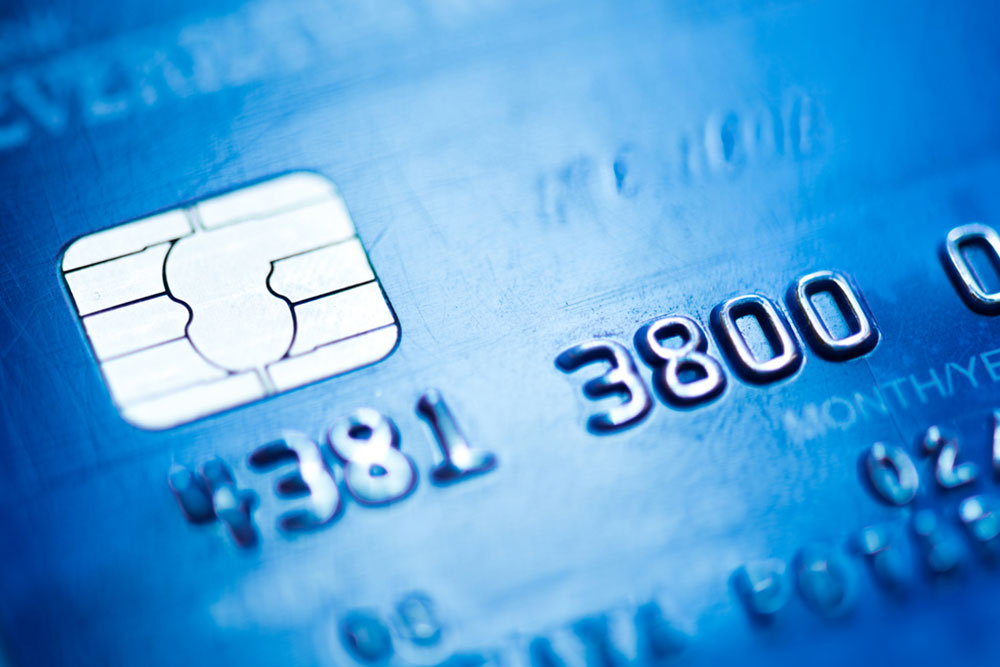Secured Vs. Unsecured Loans In A Nutshell
Secured vs. Unsecured Loans in a Nutshell
The intelligent borrower always explores all available options before zeroing down on one. Taking a loan is a big decision; it is a financial responsibility that you will have to carry through for at least a couple of years, if not more. Therefore, it is essential that you understand the alternatives available to you. One of the main choices you will have to make when going for a loan is to decide whether a secured loan or an unsecured loan is the better choice for you.

Meaning
The key difference between a secured and an unsecured loan lies in the name. A secured loan is given against a collateral. Examples of collaterals include property, bank accounts (checking and savings accounts), stocks, mutual funds, life insurance and other insurance policies, jewelry, and other precious metals, as well as vehicles such as a car. Till the loan is paid off in full, the lender will own the title or deed of your collateral. If for some reason, you fail to pay off your loan, the lender may take charge of your collateral and sell it to claim the remainder of the amount that you owe.
On the other hand, an unsecured loan is one that does not have a collateral against it. This type of loan generally poses a higher risk for the lender. This is also the reason why it usually comes with a higher rate of interest.
Examples of secured loans include mortgages, car loans, and pawnbroker loans, whereas that of unsecured loans include credit cards and personal lines of credit.
Borrowing limit
The amount loaned with a secured loan is generally higher. This is because the lender is protected by the collateral if anything goes wrong and the borrower is unable to pay. Conversely, the amount of an unsecured loan is generally smaller due to a higher risk on part of the lender.
Timeframe for approval
If you are in dire need of cash, a secured loan might not be for you. It takes the lender a good deal of time to evaluate your collateral and decide how much loan amount may be given against it. On the other hand, an unsecured loan may come through in as little time as a day or two, depending on how good your credit score is.
Rates of interest
The rate of interest on a secured loan is lower due to the presence of a collateral. The rate of interest on an unsecured loan is higher. The low rate of interest on a secured loan makes it a steady choice for a borrower on a tight budget as repayment is definitely easier than on an unsecured loan.
Credit reporting
Lenders report the payment history of both types of loans—secured and unsecured—to the credit bureau. Therefore, any late payments and defaults will impact your credit score negatively. In case a lender repossesses the collateral in the event of non-payment of dues, this repossession may stick to the borrower’s credit report for seven years. Due to the risk involved in giving an unsecured loan, only borrowers with a very high credit score get approved for this type of loan. For anyone with an average credit score, a secured loan is the safer alternative.




